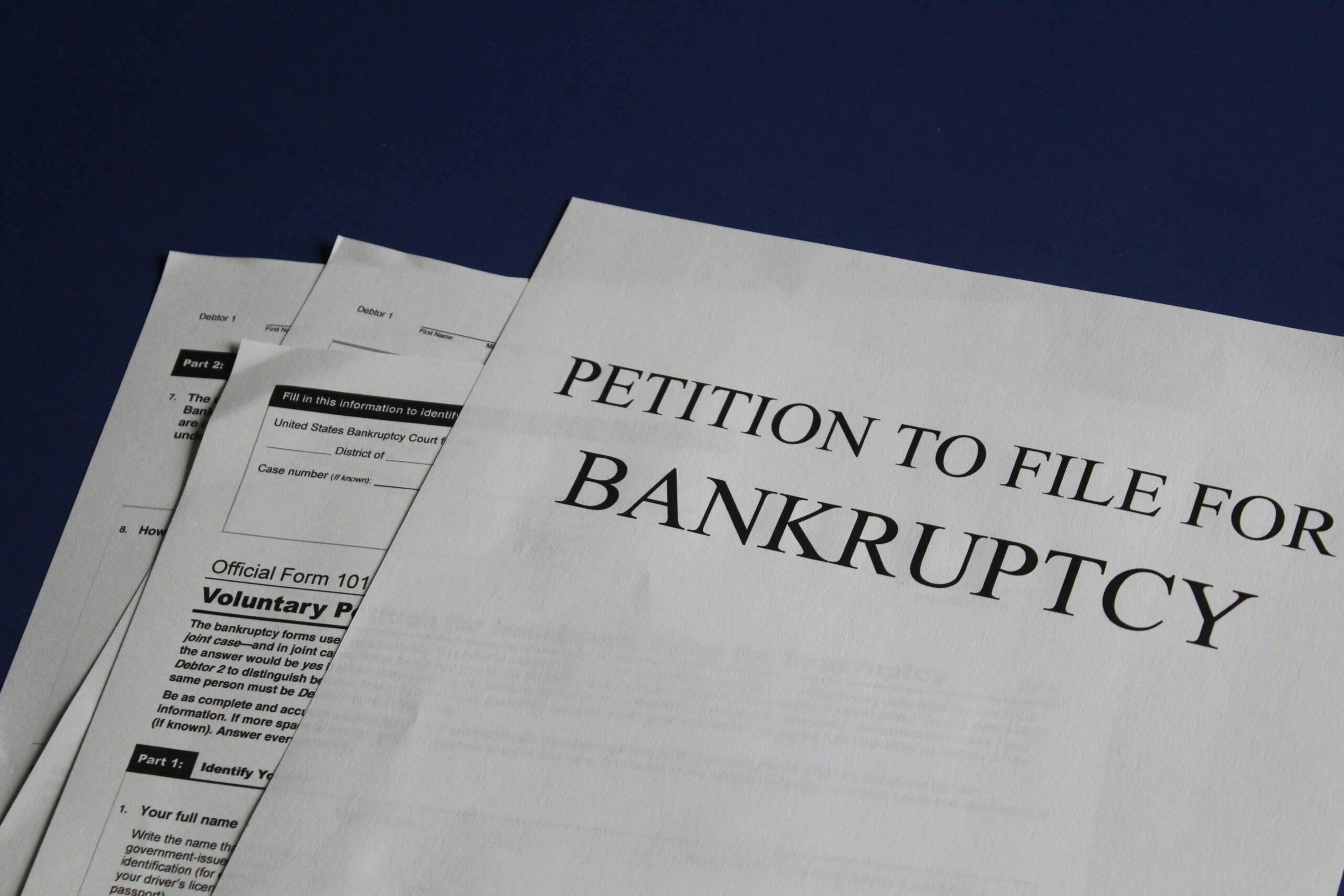Have you ever been told “no” when you’re already struggling financially? Imagine this: You’ve applied for a loan deferment, hoping for some breathing room, but instead of relief, you get denied—and zero explanation. The average person spends months appealing denials, jumping through hoops, only to feel like they’re running in circles. Sound familiar?
In this post, we’re diving deep into the Appeal Process for Denials so you can reclaim control over your finances. Whether it’s a miscommunication or a clerical error on their end (yep, banks mess up too), I’ll show you step-by-step how to navigate the appeals process without losing your mind—or sleep. By the end of this guide, you’ll understand why denials happen, what steps to take next, and insider tips from someone who learned the hard way.
Table of Contents
- Why Does This Happen to Good Borrowers?
- The Battle Plan: Steps to Appeal Your Denial
- Pro Tips to Strengthen Your Case
- Real Stories: From Denied to Approved
- FAQs About Loan Deferment Appeals
Key Takeaways
- The Appeal Process for Denials requires organization, documentation, and persistence.
- Mistakes by lenders are common, so don’t assume rejection is final.
- A well-crafted appeal letter backed by evidence can make all the difference.
- Understanding timelines and procedures saves both time and emotional energy.
Why Does This Happen to Good Borrowers?
Let’s start with a confession. A couple years ago, I spent an entire weekend crafting a deferment request filled with every detail possible—job loss letters, bank statements, even handwritten notes. Guess what happened? It got rejected faster than stale coffee at a board meeting. Turns out, there was a typo in my employment dates. I almost gave up right then, but boy am I glad I didn’t!

Stressed about your finances? You’re not alone.
You might be wondering: Why does this happen? Here’s the thing:
- Miscommunication: Banks aren’t always as thorough as they should be. One missed piece of info could tank your application.
- Clerical Errors: Ever seen those autocorrect fails that make no sense? Same goes for banking systems.
- Poor Documentation: Even if you think you’ve nailed it, sometimes documents need more context or clarity.
But here’s where things get interesting. According to recent data, 40% of denied applications have potential grounds for reversal. That means you’ve got power in your corner—if you know how to use it.
Grumpy Optimist Dialogue:
Optimist You: “There’s still hope!”
Grumpy You: “Hope? Sure—but only if I find coffee first.”
The Battle Plan: Steps to Appeal Your Denial
Fighting a denial feels overwhelming, but breaking it down makes it manageable. Follow these steps carefully:
Step 1: Review the Denial Letter
This part sounds simple, but trust me—it’s crucial. Don’t skim. Highlight key phrases like “missing document” or “ineligible status.” These clues tell you exactly where things went wrong.
Step 2: Gather Supporting Evidence
Think receipts, pay stubs, medical bills—anything that proves your financial hardship. If there’s ambiguity, include cover letters explaining each piece of evidence. Think of it like building a case in court; weak arguments won’t cut it.
Step 3: Draft a Persuasive Appeal Letter
Your letter needs structure:
- Introduction: State your name, account number, and the date of your initial request.
- Body: Address the issue mentioned in the denial, provide new evidence, and explain why you qualify.
- Conclusion: Politely ask them to reconsider and offer contact info for follow-up.

Step 4: Submit & Track Progress
Send your appeal via certified mail or email. Keep copies of everything. Then track progress regularly—you deserve updates!
Rant Section:
Here’s something that drives me nuts: Some lenders act like robots programmed to deny requests without reason. We’re humans dealing with real struggles, okay? So, advocates unite! Demand transparency during this freaking process.
Pro Tips to Strengthen Your Case
- Tip #1: Double-check EVERYTHING before submission. Errors will kill momentum.
- Tip #2: Reach out directly to customer service reps assigned to your case. Persistence pays off!
- (Terrible Tip Warning!) Terrible Tip #3: Wait until the last minute to submit your appeal. Spoiler alert: That never works.
- Tip #4: Consider hiring a legal advisor specializing in consumer rights if your claim gets repeatedly rejected.
Real Stories: From Denied to Approved
Jenny, a single mom from Ohio, struggled after suddenly losing her teaching job due to budget cuts. Her deferment request was initially denied because she forgot to attach her unemployment benefits statement. After gathering additional proof and submitting a clear appeal, she won approval within three weeks.
Liam, a freelance graphic designer whose income dipped due to canceled contracts, appealed his denial by providing invoices showing delayed payments. His lender reversed its decision after recognizing his situation aligned with emergency hardship criteria.

FAQs About Loan Deferment Appeals
Q: How long does the appeal process typically take?
A: Most institutions review appeals within 30 days, though complex cases may require longer.
Q: Can I reapply if my appeal gets denied?
A: Yes, but focus on addressing previous shortcomings to improve chances.
Q: What qualifies as sufficient supporting documentation?
A: Documents verifying financial distress (e.g., tax returns, medical records) generally work best.
Conclusion
Battling a loan deferment denial isn’t fun, but armed with knowledge, grit, and the right strategy, you can turn rejection into opportunity. Remember: Mistakes happen, but YOU hold the keys to flipping the script.
Now go brew yourself another cup of coffee—it’s time to draft that winning appeal.
“Like a Tamagotchi, your appeal process needs daily care.” 💡☕


